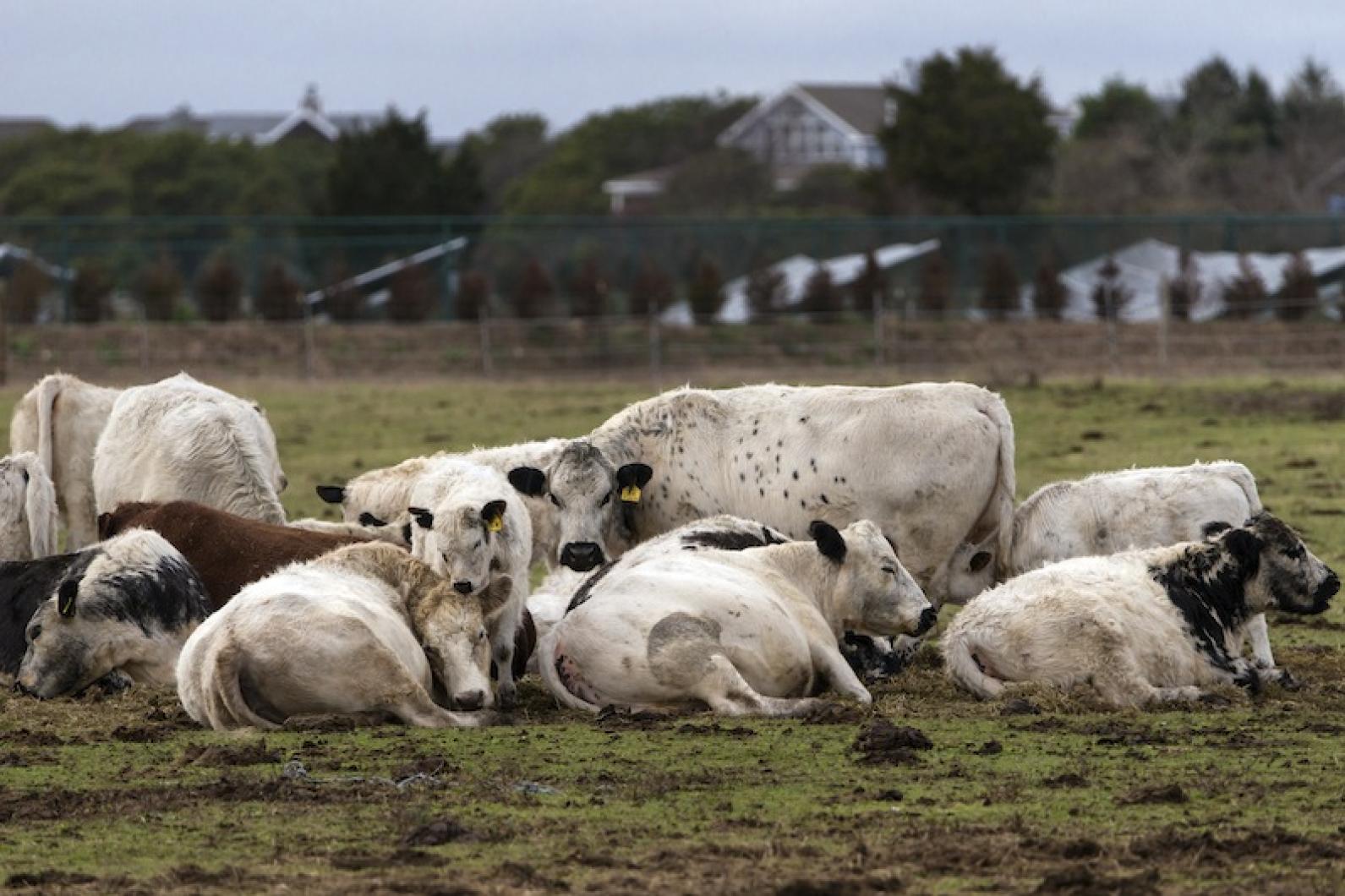Do you have faith in the forecast of a rodent?
By the time you read this, we should know what Pennsylvania’s Punxsutawney Phil or our local official state groundhog, Ms. G, has predicted weather-wise for the next six weeks (unknown as of this writing a few days before Groundhog Day). Did she (or he) see a shadow indicating six more weeks of winter or not?
Groundhogs, also known as woodchucks or whistlepigs, are marmots that belong to a group of large ground squirrels in the order Rodentia. While they are the go-to animal for weather predictions this time of year, analysis shows that the groundhog has been accurate only 39 per cent of the time.
So should we trust the groundhog, follow the human forecasters or just watch the behaviors of the wildlife around us? What do other creatures tell us about weather?
Could frogs provide a factual forecast or do they just feel the earth move under their feet? Frogs and toads are thought to be able to sense bad weather or other geologic worries on the horizon. In one case, toads abandoned their ponds just ahead of an earthquake. Scientists think that changes in the chemistry of the pond caused by deep earth movements may have caused increases in gases that triggered the toad exodus. Also, when toads exhibit louder and longer vocalizations, some allege that this suggests a storm is brewing.
Birds on the wing can also be predictors. High flying indicates clear weather, but when a coming storm changes air pressure, birds fly closer to the ground.
Bees and butterflies disappear from flower beds and gardens entirely when wild weather is likely. Insects’ behavior can be telling in other ways. With ladybugs, the saying goes “when they swarm, expect a day that’s warm.” Red and black ants build up their mounds for extra protection from rain. In one extreme case, ants normally active during the day evacuated their mounds during the night ahead of an earthquake to avoid a collapse of their home.
Snakes, too, can make an unexpected retreat in the face of severe conditions. On one historic occasion, snakes left their burrows during their inactive period ahead of an earthquake and tsunami in ancient Greece.
And most of us know the seasonal predictions of the woolly bear caterpillar, which makes its appearance in the fall. This caterpillar has black bands fore and aft with a red-brown band in the middle. According to lore, the wider the red-brown band, the warmer the winter will be. If the caterpillar has more black, then worry about a cold, harsh winter ahead.
On the farm, there are also signs. Sheep will “gather in a huddle, if tomorrow will have a puddle.” Cows have their own solution to rain. They become restless and will lie down in the pasture to save a dry spot when they sense precipitation is imminent.
Even fish can be forecasters. When rain is coming, air pressure can cause bottom-dwelling organisms to float up, creating a feeding frenzy and jumping about among trout ahead of the precipitation. There are even stories of some shark species fleeing estuaries en masse, in order to get to deeper water in advance of approaching hurricanes.
Believe the beasts or focus on the human forecasters, but know that neither is always going to be right because, as Patrick Young accurately observed, “The trouble with weather forecasting is that it’s right too often for us to ignore it and wrong too often for us to rely on it.”
Suzan Bellincampi is director of the Felix Neck Wildlife Sanctuary in Edgartown, and author of Martha’s Vineyard: A Field Guide to Island Nature.







Comments
Comment policy »